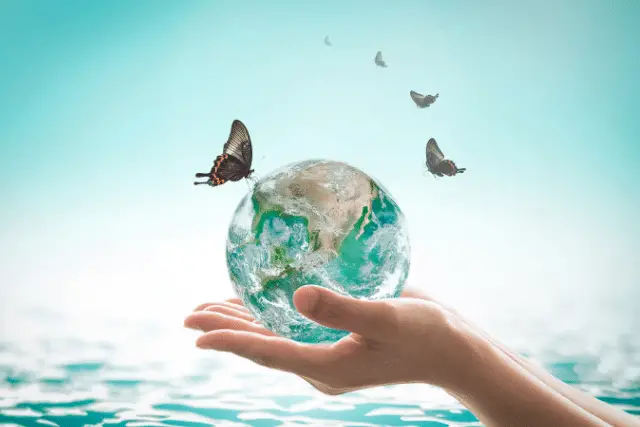Conservation and preservation are two terms often thrown around in environmental circles. But what do they really mean, and how are they different? Understanding these concepts is crucial for anyone interested in environmental protection.
Now, quickly, let’s find out which statement is true about conservation versus preservation in this post.
Introduction to Conservation and Preservation
When it comes to protecting the environment, the terms “conservation” and “preservation” are frequently used, but they represent different approaches. Knowing which statement is true about conservation versus preservation can help clarify these differences.
Here’s a breakdown:
- Conservation focuses on the sustainable use and management of natural resources to prevent their depletion.
- Preservation aims to protect natural environments from human interference, keeping ecosystems intact and maintaining the population of endangered plant and animal species.
Let’s dive deeper into these concepts.
What is Conservation?
Conservation is all about the responsible use of nature. It involves managing natural resources such as water, soil, and forests so that they can be used by current and future generations. Conservationists believe that humans can sustainably use nature without causing long-term damage. Here’s why it’s important:
- Sustainable Resource Use: Conservation aims to prevent the depletion of natural resources (Option B). This means using what we need while ensuring that future generations can also benefit from these resources.
- Ecosystem Management: Conservation practices help maintain healthy ecosystems, which are crucial for the survival of many species.
What is Preservation?
Preservation, on the other hand, is about protecting nature from any kind of human interference. Preservationists believe that nature should be left untouched and pristine. Here are the key points:
- Protecting Ecosystems: Preservation focuses on protecting ecosystems from destruction (Option C). This often involves setting aside areas such as wildlife reserves or national parks where human activities are restricted.
- Endangered Species: Preservation efforts are critical in maintaining the population of endangered plant and animal species (Option D). By creating protected areas, we can ensure these species have a safe habitat to thrive.
Comparing Conservation and Preservation
Understanding which statement is true about conservation versus preservation can be summed up with the following options:
- All are correct (Option A). Both conservation and preservation play vital roles in environmental protection. They complement each other, ensuring that natural resources are used sustainably while also protecting critical habitats.
- Prevents the depletion of natural resources (Option B). This statement aligns with conservation efforts.
- Protects the ecosystem from destruction (Option C). This is a core principle of preservation.
- Maintain the population of endangered plant and animal species (Option D). This is another key focus of preservation.
The correct option is A: All are correct. Both conservation and preservation are essential strategies for environmental protection.
Conclusion
Both conservation and preservation are essential strategies for environmental protection. Conservation ensures that we use natural resources wisely and sustainably. Preservation, on the other hand, protects natural areas from human interference, ensuring that ecosystems and endangered species are safeguarded.
By understanding which statement is true about conservation versus preservation, we can appreciate the importance of both approaches in our efforts to protect the planet.

